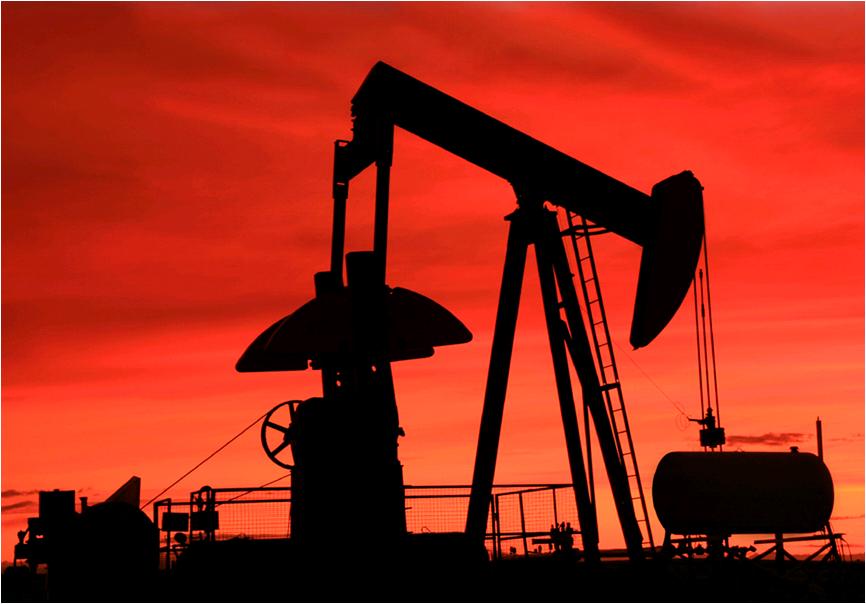Groundwater safety: New test to help oil industry prevent chemical leaks
A research project led by a Texas A&M University at Qatar petroleum engineering faculty member could lead to safer, more environmentally friendly wells for the oil and gas industry.
Mahmood Amani, associate professor in the Petroleum Engineering Program, says that a new testing procedure he and his colleagues developed could help the petroleum industry ensure the safety of their wells and to make sure the wells don’t leak chemicals into groundwater.
Funded by a Qatar National Research Fund (QNRF) National Priorities Research Program (NPRP), the researchers investigated the integrity of concrete used in wells when subjected to cyclic loadings — repeated cycles of high temperatures or pressures.
When a new well is drilled, it must be drilled through thousands of feet of rock and dirt. A steel pipe called a casing goes into the well to keep the well open so it doesn’t collapse. But there’s a gap between the outside of the casing and the rock and dirt surrounding the pipe. This gap must be cemented completely to fill so that there are no cracks, voids or other channels in the rock.
“We want the oil or gas to come up through the casing, not the gap,” Amani says, “because we can control the fluids coming up through the pipe. If the oil or gas comes up through the gap between the rock and casing, then we lose some of those resources that we’re trying to get out. It can also cause corrosion behind the pipe or, if it travels up to the surface, it can cause a fire or a blowout, which could lead to loss of life or property, or environmental damage.”
Amani says another concern is the oil or gas traveling up through the gap and making its way into groundwater. This is a big worry to environmentalists concerned about hydraulic fracturing, or fracking, in which oil or gas is recovered from shale and other rock and sand formations.
Shale is a type of very tight rock. The oil and gas are trapped in this tight rock and doesn’t flow freely. With hydraulic fracturing high-pressure water containing chemical polymers is pumped into a well. This fluid causes fractures in the rock, forcing the oil or gas into the well.
Amani wanted to know, What if pumping high-pressure fluids into the well causes cracks in the cement? Fluctuations in temperature and pressure in the well could cause the metal casing to shrink or expand, causing minor fractures in the cement or even cause the cement to separate from the casing. Repeating the cycle many times over through the life of the well can worsen the damage and cause the cracks to propagate.
His research team designed special cells in which to test cement using a high-temperature, high-pressure viscometer for drilling fluids. These cement cells were bonded to steel, the type of metal that would be used as a well casing. The cement and steel were subjected to pressures and temperatures in a variety of scenarios, and then the cycles were repeated. The team observed when — after how many cycles — did the cracks initiate and then propagate.
The result of the experiments is a new testing procedure to ensure the safety of the wells and that groundwater would not be contaminated. The team has filed a patent disclosure on the process and it’s now under review.
“There’s no test now for integrity of cement and its bond to casing under these cyclic loadings subjected to high temperatures and pressures,” Amani said. “If we can make sure the cement we use in our wells could withstand these conditions, or even be self-healing with the right additives, then we can use the right recipe for applications in oil wells.
“This would assure the public that the water and the wells are safe, and oil companies and environmental protection agencies can adopt this as an additional testing procedure.
Amani has a long record of research success at Texas A&M at Qatar, having received five QNRF NPRP awards. He’s also shepherded 38 undergraduates through eight QNRF Undergraduate Research Experience Program (UREP) projects, even garnering recognition for two: In 2013 one of his UREPs was singled out as the best of the 88 projects completed in the previous year — a first for any Texas A&M at Qatar UREP — and in 2014 another project won third place (first among engineering projects) of the 87 total projects that were completed in 2013.
Amani says he particularly enjoys working with undergraduate researchers.
“The students that have worked on these projects have learned so much, from designing and conducting an experiment, to writing reports and presentations,” Amani says. “I take a lot of pride in my UREP activities because my number-one responsibility is to be a good educator for our students. Good teaching is the most important contribution, and undergraduate research complements this education because the students apply what they’ve learned in class and then go one step further.”
#TAMUresearch


